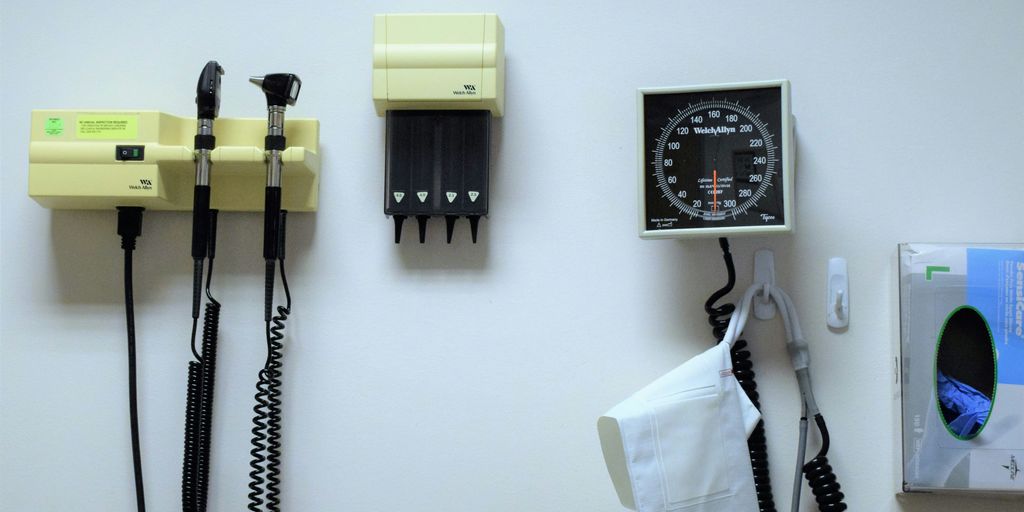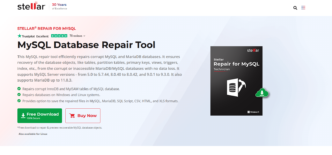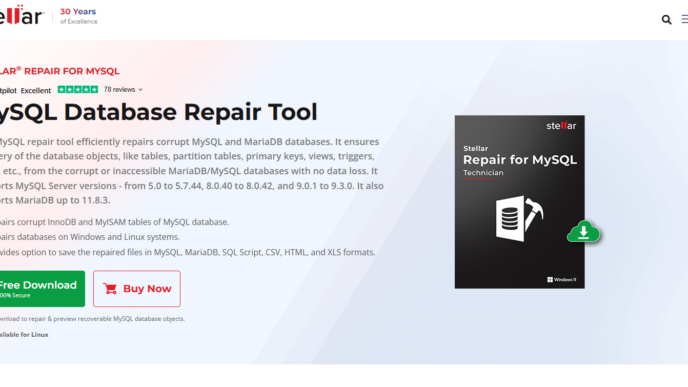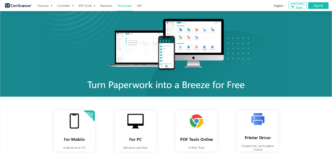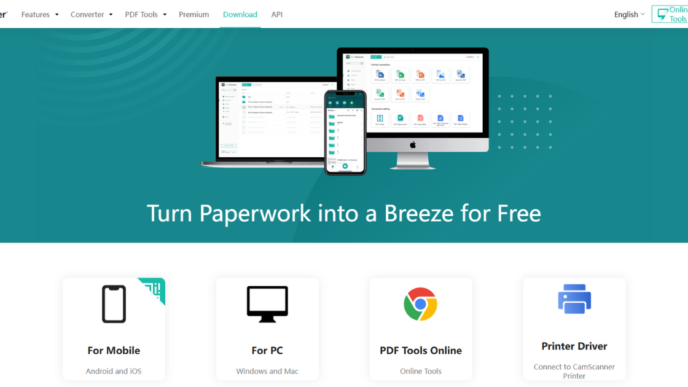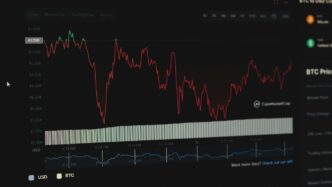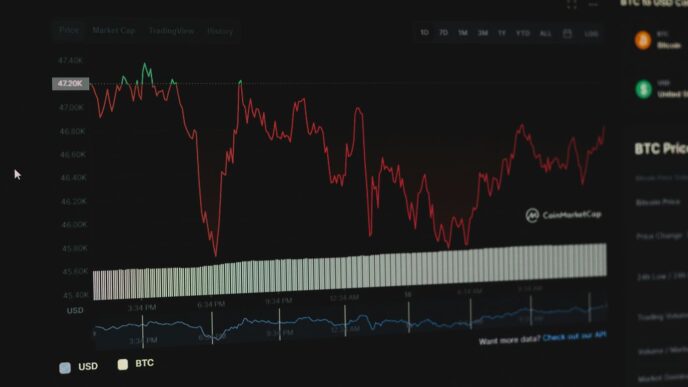Back in the day, a company called ContextMedia started making waves in healthcare. They wanted to change how people got health information, especially when they were waiting to see a doctor. This company grew a lot, adding new tech and ideas along the way. It’s pretty interesting to see how they went from a small idea to a big player in the health tech world, always trying to help patients and doctors connect better. This article will go through the journey of ContextMedia and how it became what it is today.
Key Takeaways
- ContextMedia started with a simple idea: put health information where patients are, like in waiting rooms.
- The company kept adding new products, from TV screens to tablets, to give patients more ways to learn about their health.
- A big moment was when ContextMedia changed its name to Outcome Health, showing it was focused on getting good results for patients.
- Rishi Shah, one of the founders, was key to the company’s growth, pushing for new ideas even when things were tough.
- ContextMedia changed how health companies talk to patients and doctors, making it easier to share important information.
The Genesis of ContextMedia
Founding Vision of ContextMedia
ContextMedia started with a simple idea: get important health info to people when they’re most likely to pay attention. It wasn’t just about advertising; it was about making a real difference in patient understanding and, hopefully, outcomes. The founders saw a gap in how healthcare information was delivered to patients, especially in those moments before seeing a doctor. They wanted to use technology to fill that gap.
Rishi Shah’s Entrepreneurial Journey
Rishi Shah’s story is pretty interesting. He actually dropped out of Northwestern University to pursue this vision. Witnessing family members struggle with chronic conditions pushed him to find a better way to communicate health information. It’s one thing to see a problem; it’s another to leave school and actually try to fix it. That kind of dedication is what fueled the early days of ContextMedia. He co-founded the company with Shradha Agarwal in 2006. It was a bold move, and it definitely paid off.
Early Challenges and Resilience
Like any startup, ContextMedia faced its share of hurdles. Getting doctors’ offices to adopt new technology wasn’t easy. Convincing pharmaceutical companies to invest in a new kind of advertising took time. There were definitely moments where things looked tough. But the team kept pushing, refining their approach, and building relationships. That resilience was key to their early success. They had to prove that their point-of-care advertising model worked, and that it could actually improve patient outcomes. It was a long road, but they stuck with it.
Pioneering Point-of-Care Technology
The Waiting Room TV Innovation
ContextMedia really shook things up with their waiting room TVs. Instead of just showing daytime talk shows or old sitcom reruns, they used the screens to deliver health-related information. It was a smart move, capturing people’s attention when they were already thinking about their health. It was more than just entertainment; it was about education and awareness. The idea was simple: use the captive audience in waiting rooms to provide useful information about conditions, treatments, and wellness tips. This approach turned a traditionally passive space into an active learning environment. It was a win-win: patients got informed, and healthcare providers had a new way to connect with their audience. It’s a great example of how digital media exposure can be used for good.
Expanding Reach with AccentHealth Acquisition
Acquiring AccentHealth was a big deal for ContextMedia. It wasn’t just about getting bigger; it was about expanding their reach and influence in the healthcare space. AccentHealth already had a solid presence in doctors’ offices, so bringing them into the fold meant ContextMedia could get their content in front of even more people. It was a strategic move that allowed them to scale their operations and solidify their position as a leader in point-of-care media. This expansion allowed them to offer a more comprehensive suite of services and reach a wider audience, ultimately increasing their impact on patient education and engagement. It’s like going from a local shop to a national chain – a huge step up. It also allowed them to diversify their content and tailor it to different demographics and healthcare settings. The acquisition was a clear signal that ContextMedia was serious about becoming a major player in the healthcare technology industry. It’s a great example of how strategic acquisitions can fuel growth and innovation.
Impact on Patient Engagement
ContextMedia’s point-of-care technology had a real impact on patient engagement. It wasn’t just about showing ads; it was about providing information that patients found useful and relevant. By delivering targeted content in the waiting room and exam room, they were able to capture patients’ attention and get them thinking about their health. This, in turn, led to more informed conversations with their doctors and better health outcomes. Here’s how it helped:
- Increased Awareness: Patients learned about conditions and treatments they might not have known about otherwise.
- Improved Communication: Patients were better prepared to ask questions and discuss their concerns with their doctors.
- Better Adherence: Patients were more likely to follow their doctor’s recommendations and take their medications as prescribed.
It’s all about getting the right information to the right people at the right time. By doing that, ContextMedia was able to make a real difference in patients’ lives.
Product Evolution Under ContextMedia
Introduction of the Exam Room Tablet
Okay, so after getting TVs into waiting rooms, ContextMedia was like, "What’s next?" They figured patients spend a lot of time in the exam room too, right? So, they came up with the idea of putting tablets in there. The exam room tablet was designed to give patients something to do while they waited for the doctor, but also to provide more information about their health. It was supposed to be interactive, letting people learn about conditions, treatments, and even fill out questionnaires. I remember thinking it was a cool idea, way better than staring at the ceiling or those ancient magazines.
New Product Launches: Digital Anatomy Board and Patient Wifi
ContextMedia didn’t stop at tablets. They kept rolling out new stuff. One thing they launched was a Digital Anatomy Board. It was basically a fancy, interactive screen that doctors could use to show patients exactly what was going on inside their bodies. Think of it like a high-tech whiteboard, but way more detailed. They also started offering patient Wi-Fi in some locations. Here’s a quick rundown:
- Digital Anatomy Board: Interactive anatomical visualizations for patient education.
- Patient Wi-Fi: Free internet access to improve the patient experience.
- Tablet Updates: Continuous software updates and content additions for existing tablets.
I think the idea was to make the whole experience less boring and more informative. The digital health technology is always changing.
Infusion Room Tablet’s Unique Role
Then there were the infusion room tablets. These were a bit different. People getting infusions are often there for hours, so the tablets were really focused on entertainment and comfort. They had movies, games, and stuff to help pass the time. But they also had health-related content, tailored for people undergoing treatment. It was a way to make a tough situation a little more bearable. It’s kind of smart when you think about it. They were trying to make the best of a not-so-great situation. It’s all about improving the patient experience, one screen at a time.
The Rebranding to Outcome Health
Strategic Shift and Renewed Mission
In January 2017, ContextMedia underwent a significant transformation, rebranding itself as Outcome Health. This wasn’t just a name change; it signaled a strategic shift and a renewed commitment to improving patient outcomes. The core mission became activating the best possible health outcome for every person. It felt like a fresh start, a chance to really double down on what they were trying to achieve in the healthcare space. It’s interesting to see how companies evolve and refocus their efforts over time.
Expanding Footprint in Healthcare Facilities
The rebranding coincided with a period of rapid expansion for the company. A key event was the acquisition of AccentHealth in November 2016. This move significantly broadened Outcome Health’s reach, extending its presence to over 55,000 outpatient facilities. It’s like they were building a network, connecting with more and more healthcare providers to get their technology into as many waiting rooms and exam rooms as possible. This expansion allowed them to touch more patients and deliver their health information at scale. The Healthcare IT Integration Market was definitely heating up.
Commitment to Health Outcomes
Outcome Health’s commitment went beyond just providing information; they aimed to drive tangible improvements in patient health. This involved:
- Developing technologies that facilitated better communication between patients and healthcare providers.
- Focusing on delivering relevant and actionable information at critical moments in the patient journey.
- Measuring the impact of their solutions on patient behavior and health outcomes.
It’s not enough to just put screens in waiting rooms; you have to make sure the content is actually helping people make better choices about their health. That’s what Outcome Health was trying to do, and it’s a pretty ambitious goal.
Leadership and Innovation at ContextMedia

Rishi Shah’s Leadership Philosophy
Rishi Shah, the CEO and Founder, really set the tone at ContextMedia. He had this idea about getting healthcare info to people when they needed it most, especially in doctor’s offices. He even left Northwestern to chase that goal. His leadership was all about making a real difference in patient outcomes. It wasn’t just about business; it was personal for him, seeing his family deal with chronic conditions. He wanted to provide actionable information to help people make better choices. It’s pretty cool when a CEO has a clear vision like that.
Fostering Collaboration in Healthcare
ContextMedia wasn’t operating in a vacuum. They understood that to really shake things up, they needed to play nice with others. That meant working with healthcare providers, pharmaceutical companies, and even tech startups. It’s like, everyone had a piece of the puzzle, and ContextMedia aimed to bring them together. They knew that startup is an entrepreneurial endeavor and that collaboration was key to getting new ideas off the ground and into the hands of patients. They weren’t afraid to partner up to make things happen. Here’s how they approached it:
- Built strong relationships with doctors and hospitals.
- Worked closely with pharmaceutical companies to deliver relevant information.
- Explored partnerships with health tech companies to integrate new technologies.
Driving Transformation in a Regulated Industry
Healthcare is a beast when it comes to rules and regulations. ContextMedia had to be smart about how they introduced new tech and marketing strategies. They couldn’t just barge in and do whatever they wanted. They had to understand the landscape and find ways to innovate within the existing framework. It’s a tough balancing act, but they seemed to manage it pretty well. They were setting new standards in digital education for the industry. They focused on:
- Staying up-to-date on all the latest regulations.
- Ensuring compliance in all their marketing efforts.
- Finding creative ways to deliver information without crossing any lines.
ContextMedia’s Influence on Healthcare Marketing
Setting New Standards in Digital Education
ContextMedia, now Outcome Health, really changed how pharmaceutical companies and healthcare providers thought about getting information to patients. Instead of relying solely on traditional methods, they pushed for digital solutions right where patients were – in waiting rooms and exam rooms. This meant more targeted and relevant education. They helped set a new bar for what’s possible with digital education in healthcare. The eClinical Solutions Market is growing, and ContextMedia was a big part of that shift.
Custom Manufacturing for Tailored Solutions
One thing that set ContextMedia apart was their ability to create custom solutions. They didn’t just offer a one-size-fits-all product. They worked with pharmaceutical companies to develop content and platforms that fit specific needs. This could mean anything from designing a specific interactive program for a new drug to creating a series of videos addressing common patient concerns. This tailored approach made the information more effective and engaging. It’s about giving patients the information they need, in a way they can understand, when they’re most receptive.
Empowering Pharmaceutical Marketers
ContextMedia gave pharmaceutical marketers new ways to reach their target audiences. Instead of just hoping patients would see a TV commercial or read a magazine ad, they could deliver information directly to patients in the doctor’s office. This allowed for more control over the message and the timing. It also provided opportunities to track engagement and measure the impact of the marketing efforts. It’s about making marketing more efficient and effective, and ultimately, helping patients make better decisions about their health.
Here’s a quick look at how they did it:
- Targeted Content: Delivering the right message to the right patient at the right time.
- Interactive Platforms: Engaging patients with interactive tools and resources.
- Data-Driven Insights: Tracking engagement and measuring the impact of marketing efforts.
The Future Trajectory of ContextMedia
Continuous Innovation in Health Tech
ContextMedia, even after its rebranding and past challenges, has the potential to keep pushing boundaries. The future likely involves more sophisticated data analytics to personalize patient education. Think about it: instead of generic health tips, patients could receive information tailored to their specific conditions, demographics, and even lifestyle. This means better engagement and, hopefully, better health outcomes. They might also explore new technologies like AI-powered virtual assistants to answer patient questions or augmented reality apps that show how medications work inside the body. The possibilities are pretty vast, and it’s all about finding what sticks and actually helps people.
Addressing Unmet Needs in Patient Care
There are still a lot of gaps in patient care that technology can fill. One area is medication adherence. Many patients struggle to take their medications as prescribed, leading to complications and higher healthcare costs. ContextMedia could develop solutions that use reminders, educational content, and even gamification to encourage better adherence. Another area is mental health. With the rise of telehealth, there’s an opportunity to integrate mental health resources into the point-of-care experience. Imagine waiting room tablets providing access to mental health screenings or relaxation exercises. It’s about making healthcare more accessible and convenient, especially for those who might not otherwise seek help.
Sustaining Growth and Impact
For ContextMedia to continue its growth and impact, it needs to focus on a few key things. First, building trust is crucial. The healthcare industry is heavily regulated, and patients are understandably wary of how their data is used. ContextMedia needs to be transparent about its data practices and prioritize patient privacy. Second, collaboration is key. Working with healthcare providers, pharmaceutical companies, and patient advocacy groups can help ensure that its solutions are effective and meet the needs of all stakeholders. Finally, it needs to stay ahead of the curve. The health tech landscape is constantly evolving, so ContextMedia needs to be agile and adaptable, always looking for new ways to innovate and improve patient care. Rishi Shah’s leadership philosophy will be key to this.
The Journey Continues
So, looking back at ContextMedia, which became Outcome Health, it’s pretty clear they changed a lot in healthcare. They started with a simple idea: give people health information right where they need it, like in a doctor’s waiting room. That grew into a big company with lots of different products, from tablets in exam rooms to digital anatomy boards. It wasn’t always easy, and they faced challenges, but they kept going. Their story shows how much one company can do to make things better for patients and doctors. It’s a good reminder that even small ideas can grow into something really big and important.
Frequently Asked Questions
Who started ContextMedia and why?
ContextMedia was started by Rishi Shah and Shradha Agarwal in 2006. They wanted to give important health information to people right when they needed it most, like in a doctor’s waiting room.
Why did ContextMedia change its name to Outcome Health?
ContextMedia changed its name to Outcome Health in January 2017. This was done to show their bigger goal of helping everyone achieve the best health possible.
What kind of products did ContextMedia create?
ContextMedia made several cool products. One was the Waiting Room TV, which showed health info. Later, they added the Exam Room Tablet, Digital Anatomy Board, Patient Wifi, and the Infusion Room Tablet, each helping patients and doctors in different ways.
How did ContextMedia grow so much?
The company grew a lot, partly by buying another company called AccentHealth in 2016. This helped them reach over 55,000 healthcare places.
What was Rishi Shah’s main idea about leading the company?
Rishi Shah believes in being tough and never giving up, especially when trying to make big changes in healthcare. He also thinks it’s super important to keep dreaming up new ideas to make things better.
How did ContextMedia change healthcare marketing?
ContextMedia helped change how health information is shared by putting screens and tablets in doctor’s offices. This made it easier for patients to learn and for drug companies to share important messages.


